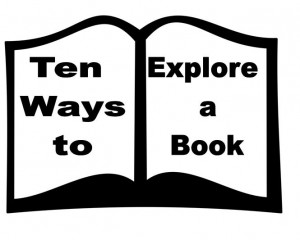
If you aren’t a regular West Branch patron, you may be wondering where Wednesdays @ West has been over the past couple of months. We’re on a bit of a hiatus because I, the author of these fabulous bi-weekly blog posts, have temporarily moved to the Main Library to serve as Interim Assistant Director until the library’s new permanent Director is hired. But the gracious and wonderful staff member who oversees our blog is allowing me to still pop in occasionally when the spirit moves me. So today, I bring to you a special Ten Ways to Explore a Book that focuses on American Treasures by Stephen Puleo.
As regular readers of this blog know, I am a bit of a history and political geek, so it’s unsurprising that I would be a fan of this book. American Treasures charts the creation and little-known (but thrilling) journeys of America’s most priceless documents, the Declaration of Independence, the Constitution, and the Gettysburg Address. Until reading American Treasures, I, like most people, was unaware of all of the intriguing history behind our nation’s founding documents and the great lengths that Americans in times past have gone through to protect and defend them during times of national danger. If you enjoy American Treasures as much as I did, I invite you to extend your reading experience in the following ways:
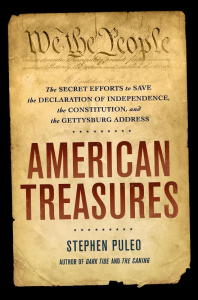
 Come meet Stephen Puleo at the West Branch next Thursday, May 18th at 7pm. Mr. Puleo will discuss American Treasures, answer questions and sign his books. We’ll have his books for sale from Wicked Good Books in Salem. If you plan to come, please let us know by signing up at our events calendar.
Come meet Stephen Puleo at the West Branch next Thursday, May 18th at 7pm. Mr. Puleo will discuss American Treasures, answer questions and sign his books. We’ll have his books for sale from Wicked Good Books in Salem. If you plan to come, please let us know by signing up at our events calendar.- In preparation for hearing Mr. Puleo speak or if you can’t attend, listen to his radio interview with WBUR about American Treasures.
 3. Read America’s founding documents. It’s pretty much impossible to read American Treasures and not come away with a renewed understanding and appreciation for the importance of the Declaration of Independence, the Constitution, the Bill of Rights and other documents that helped create or sustain the United States. With all your newfound knowledge, you’ll want to explore, for the first or the tenth time, the actual text of these amazing pieces of history. The National Archives website allows you to look at images of the originals and transcripts.
3. Read America’s founding documents. It’s pretty much impossible to read American Treasures and not come away with a renewed understanding and appreciation for the importance of the Declaration of Independence, the Constitution, the Bill of Rights and other documents that helped create or sustain the United States. With all your newfound knowledge, you’ll want to explore, for the first or the tenth time, the actual text of these amazing pieces of history. The National Archives website allows you to look at images of the originals and transcripts.
4. American Treasures does a great job explaining the principles that guide the American Republic in the context of the Constitutional Convention debates. To learn more about how these ideals influence the workings of democracy now and throughout the country’s history, watch one or more of the videos produced by the Bill of Rights Institute on the Constitutional Principles.
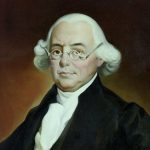
5. The National Constitution Center is about to debut an exhibit which shares both a title and a subject with Stephen Puleo’s book. If you’re going to be in the Pennsylvania area this summer, it sounds like the exhibit alone is worth a side trip. If not, you can listen to a podcast about the roll that Pennsylvania’s native son, James Wilson, played in writing the Constitution. Starting tomorrow, you can also explore the entire American Treasures exhibit interactively from the comfort of your home or library.
6.  FDR’s Librarian of Congress, Archibald MacLeish, played a crucial role in ensuring that America’s treasures were safely hidden and protected during the Second World War. The details Puleo provides about MacLeish show what an interesting individual he was. As it happens, our current Librarian of Congress, Carla Hayden, is a similarly cool American, who is worth reading about and perhaps, following on Twitter.
FDR’s Librarian of Congress, Archibald MacLeish, played a crucial role in ensuring that America’s treasures were safely hidden and protected during the Second World War. The details Puleo provides about MacLeish show what an interesting individual he was. As it happens, our current Librarian of Congress, Carla Hayden, is a similarly cool American, who is worth reading about and perhaps, following on Twitter.
7. Speaking of the Library of Congress, it happens to be a real trove of American treasures. If you’re heading to D.C., make sure the LOC is on your itinerary, but make sure you also check out the Library of Congress website so you can marvel at all that’s available.

8. A trip to Pennsylvania or D.C. is not the only way to immerse yourself in the history of our founding era. If you’d like a reminder of the role that Massachusetts played in the birth of the United States, take a stroll down the Freedom Trail on a nice day this spring.
9. American Treasures recounts the fascinating battle over the upper house of Congress that took place during the Constitutional Convention. None other than George Washington described the proper role of the United States Senate this way: “We pour legislation into the senatorial saucer to cool it.” The Senate is, in fact, an unusual legislative body with its own culture and set of norms. To learn more about the Senate, take a trip over to the Edward Kennedy Institute for the United States Senate in Boston where you can assume the role of a Senator during your trip and debate legislation in a manner that would make Washington, Madison, and Franklin proud.
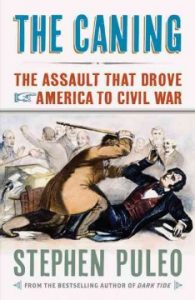 Once you’ve soaked up your fill of information about the most important documents in the United State, you can further extend your fascinating historic knowledge by reading some of Stephen Puleo’s other narrative nonfiction: The Caning, Dark Tide, A City So Grand, The Boston Italians and Due to Enemy Action.
Once you’ve soaked up your fill of information about the most important documents in the United State, you can further extend your fascinating historic knowledge by reading some of Stephen Puleo’s other narrative nonfiction: The Caning, Dark Tide, A City So Grand, The Boston Italians and Due to Enemy Action.

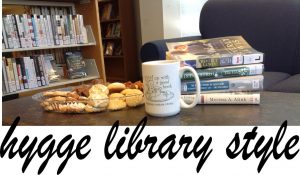

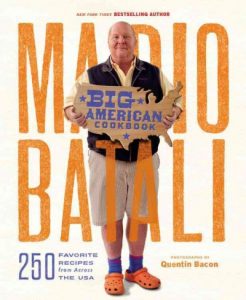 Mario Batali big American cookbook : 250 favorite recipes from across the USA
Mario Batali big American cookbook : 250 favorite recipes from across the USA Purely pumpkin : more than 100 wholesome recipes to share, savor, and warm your kitchen
Purely pumpkin : more than 100 wholesome recipes to share, savor, and warm your kitchen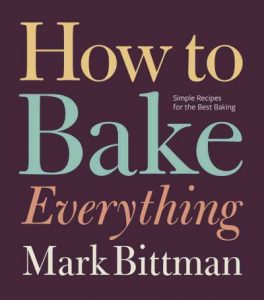 How to Bake Everything
How to Bake Everything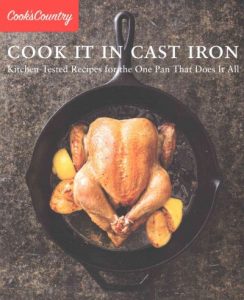 Cook it In Cast Iron.
Cook it In Cast Iron.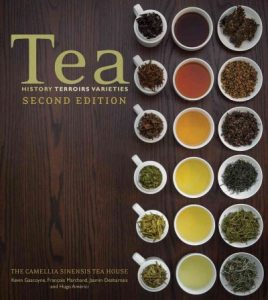 Tea: history, terroirs, varieties
Tea: history, terroirs, varieties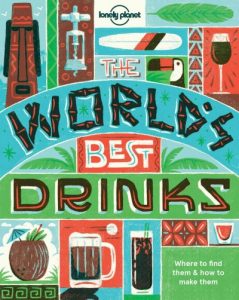 The World’s Best Drinks: where to find them and how to make them
The World’s Best Drinks: where to find them and how to make them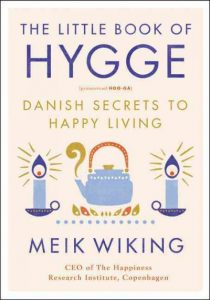 In case you’re curious, the book I was recently so distracted by is
In case you’re curious, the book I was recently so distracted by is  In that spirit, I have decided to spend the rest of this post encouraging you to discover how hyggeligt it can be to discover your DIY side. Those who know me might find it amusing that I am extolling you to get crafty, since that is not known to be one of my strengths. But there is something undeniably cozy about certain crafty past times. As a native Dane, Wiking agrees with me: “knitting is extremely hygge. It is a sign of ‘everything is safe’- it has a certain grandma vibe to it- and even the sound of knitting is hygge. Knitting also brings calmness to the situation and atmosphere.” If you, like many of us, could use a little extra calm, perhaps knitting will be your preferred way to experience hygge this winter. Thanks to the passion of one of our former staff members, the West Branch has a rather good collection of books on both knitting and crocheting. If you’re new to knitting, it has always seemed to me that a good place to start would be with
In that spirit, I have decided to spend the rest of this post encouraging you to discover how hyggeligt it can be to discover your DIY side. Those who know me might find it amusing that I am extolling you to get crafty, since that is not known to be one of my strengths. But there is something undeniably cozy about certain crafty past times. As a native Dane, Wiking agrees with me: “knitting is extremely hygge. It is a sign of ‘everything is safe’- it has a certain grandma vibe to it- and even the sound of knitting is hygge. Knitting also brings calmness to the situation and atmosphere.” If you, like many of us, could use a little extra calm, perhaps knitting will be your preferred way to experience hygge this winter. Thanks to the passion of one of our former staff members, the West Branch has a rather good collection of books on both knitting and crocheting. If you’re new to knitting, it has always seemed to me that a good place to start would be with 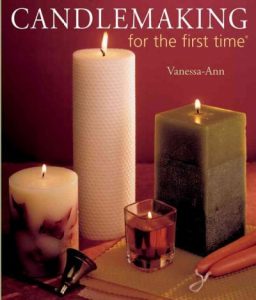 If knitting doesn’t warm your heart, you might try candlemaking. In fact, surveys show that candles are one of the items that Danes most associate with hygge. And according to Wiking, Danes consume more candles per capita than any other country on earth. So candlemaking must get very high hygge points.
If knitting doesn’t warm your heart, you might try candlemaking. In fact, surveys show that candles are one of the items that Danes most associate with hygge. And according to Wiking, Danes consume more candles per capita than any other country on earth. So candlemaking must get very high hygge points. 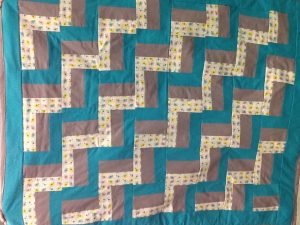
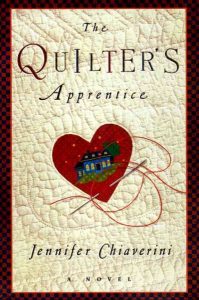 Elm Creek quilts series
Elm Creek quilts series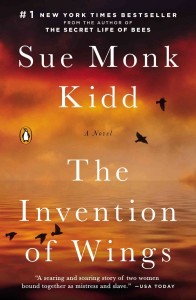
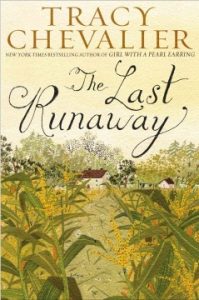
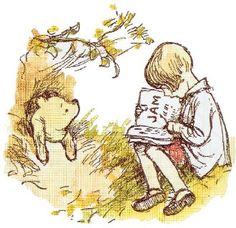
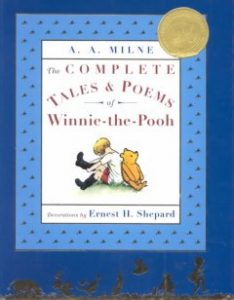 The Complete Tales & Poems of Winnie-the-Pooh
The Complete Tales & Poems of Winnie-the-Pooh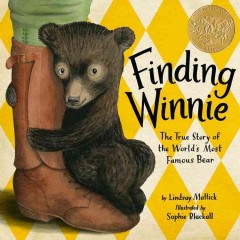 Finding Winnie: the true story of the world’s most famous bear
Finding Winnie: the true story of the world’s most famous bear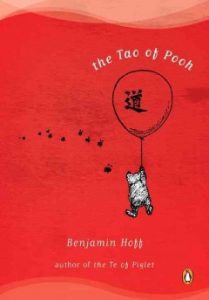 Benjamin Hoff is the author of my two favorite books about Winnie-the-Pooh. The first is
Benjamin Hoff is the author of my two favorite books about Winnie-the-Pooh. The first is 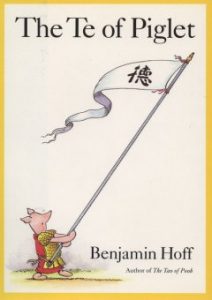 Every true Winnie-the-Pooh fan has a favorite character. For me, it’s Piglet. Benjamin Hoff has also seen something special in Pooh’s best friend, for he wrote a follow-up to The Tao of Pooh entirely devoted to this creature, who may be small in statue, but not in heart. Actually, as Hoff contends in
Every true Winnie-the-Pooh fan has a favorite character. For me, it’s Piglet. Benjamin Hoff has also seen something special in Pooh’s best friend, for he wrote a follow-up to The Tao of Pooh entirely devoted to this creature, who may be small in statue, but not in heart. Actually, as Hoff contends in 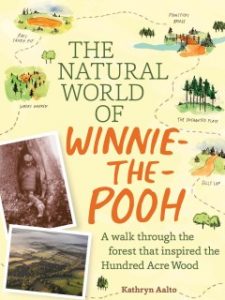 One of the lovely things about the original Winnie-the-Pooh tales is how the Hundred Acre Woods truly comes to life. It is so real a place that it didn’t surprise me at all to learn that Milne was inspired by a real place: Ashdown Forest. If you are more a naturalist than a philosopher,
One of the lovely things about the original Winnie-the-Pooh tales is how the Hundred Acre Woods truly comes to life. It is so real a place that it didn’t surprise me at all to learn that Milne was inspired by a real place: Ashdown Forest. If you are more a naturalist than a philosopher, 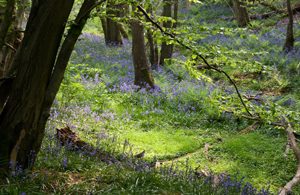
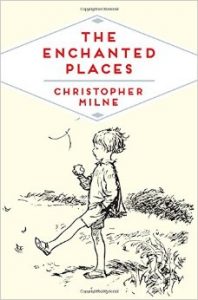 Pooh is not the only character of Milne’s who was inspired by real life. I would be remiss if I did not mention the wonderful Christopher Robin, who Milne based on his own son, Christopher. I’ve always imagined that being the child of a famous children’s author would ensure a truly magical child (imagine the bedtime stories!), but, of course, the truth is more complicated. Christopher Milne candidly shared his memories of life with his famous father in his autobiography
Pooh is not the only character of Milne’s who was inspired by real life. I would be remiss if I did not mention the wonderful Christopher Robin, who Milne based on his own son, Christopher. I’ve always imagined that being the child of a famous children’s author would ensure a truly magical child (imagine the bedtime stories!), but, of course, the truth is more complicated. Christopher Milne candidly shared his memories of life with his famous father in his autobiography 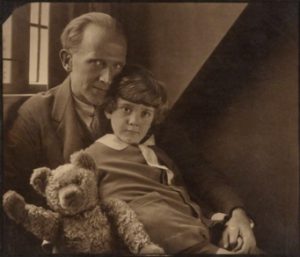
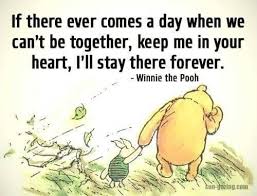

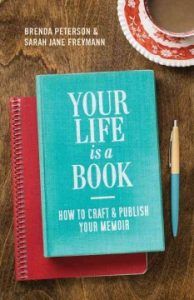 time to reminisce. Get those memories down on the page. Even if you never publish it, future generations will enjoy reading about your experiences. If you need a little guidance, check out
time to reminisce. Get those memories down on the page. Even if you never publish it, future generations will enjoy reading about your experiences. If you need a little guidance, check out 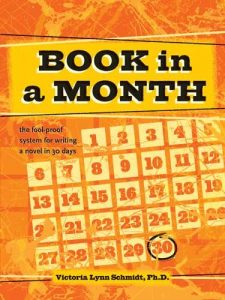 Personally I’d stick with cozy fiction (something along the lines of
Personally I’d stick with cozy fiction (something along the lines of 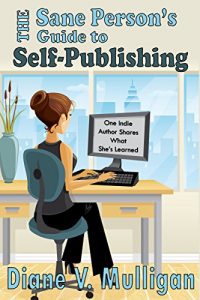 Once you’ve finished your memoir or novel, you’ll want to get your lovely book into the hands of readers, so you’ll need a plan to publish your work. You can go the traditional route and try to get your work picked up by a mainstream publisher. For tips on this option, check out the classic
Once you’ve finished your memoir or novel, you’ll want to get your lovely book into the hands of readers, so you’ll need a plan to publish your work. You can go the traditional route and try to get your work picked up by a mainstream publisher. For tips on this option, check out the classic 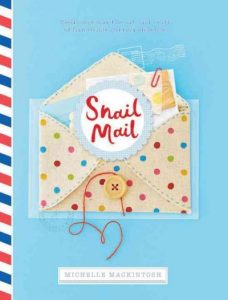 But let’s face it, writing (like reading) can often be a solitary past time. Not so with letter writing. Sometimes we just can’t be with the ones we love. Sure, there is e-mail, texting, Facebook and Skyping for virtual togetherness, but to me that lacks a certain coziness. And really, what brightens up a day more than opening your mailbox to discover a letter from a loved one, instead of just bills or requests for donations? For an extra-special sense of community, try starting your own version of an
But let’s face it, writing (like reading) can often be a solitary past time. Not so with letter writing. Sometimes we just can’t be with the ones we love. Sure, there is e-mail, texting, Facebook and Skyping for virtual togetherness, but to me that lacks a certain coziness. And really, what brightens up a day more than opening your mailbox to discover a letter from a loved one, instead of just bills or requests for donations? For an extra-special sense of community, try starting your own version of an 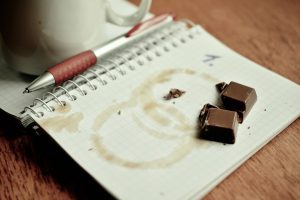
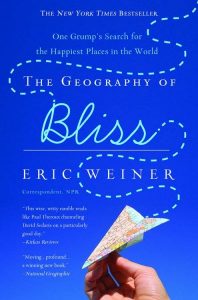 Having a pretty high standard of living, a strong social safety net, a good education system and a peaceful country certainly aren’t going to hurt people’s chances at finding happiness. But is there more to it than that? Reading
Having a pretty high standard of living, a strong social safety net, a good education system and a peaceful country certainly aren’t going to hurt people’s chances at finding happiness. But is there more to it than that? Reading 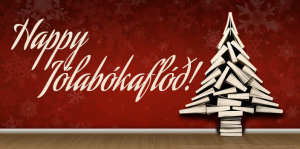
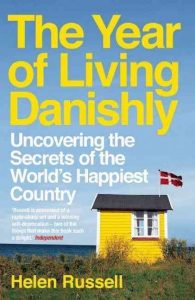 outside continues to intrigue me, so I was eager to read
outside continues to intrigue me, so I was eager to read 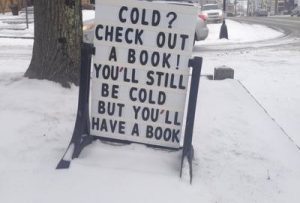
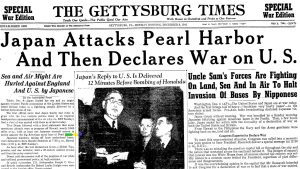
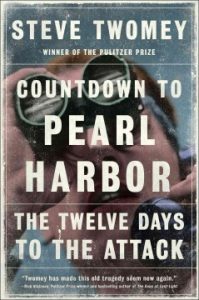 First, about the bombing of Pearl Harbor, there’s
First, about the bombing of Pearl Harbor, there’s  Nelson focuses on the how and why of the attack, as well as sharing the stories of a number of survivors.
Nelson focuses on the how and why of the attack, as well as sharing the stories of a number of survivors. exception, always landed him on the bestseller list. His latest
exception, always landed him on the bestseller list. His latest 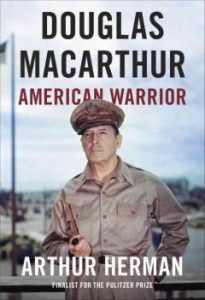 Speaking of MacArthur, the author of Gandhi and Churchill, Arthur Herman’s newest work is
Speaking of MacArthur, the author of Gandhi and Churchill, Arthur Herman’s newest work is 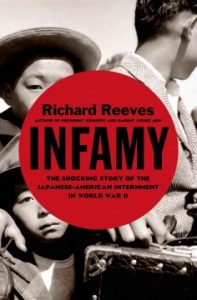 aspects of American history, including a grim episode in our country’s history: the internment of Japanese Americans. Historian Richard Reeves wrote
aspects of American history, including a grim episode in our country’s history: the internment of Japanese Americans. Historian Richard Reeves wrote 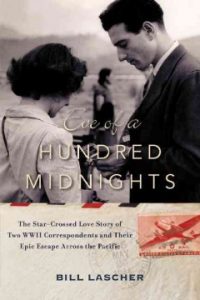 real-life romance and adventure to it, you could try
real-life romance and adventure to it, you could try